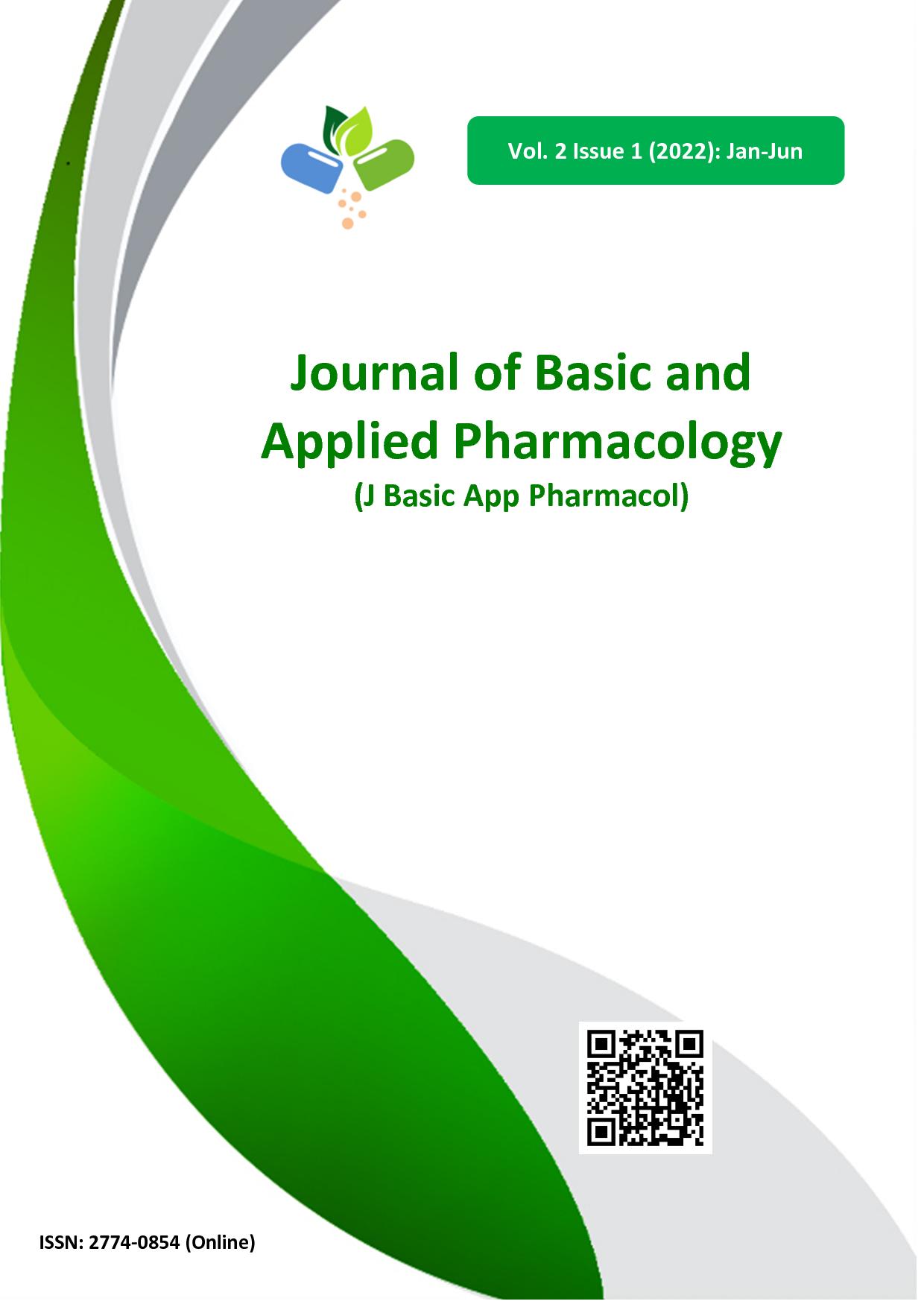Comparative Effectiveness of Oral Astaxanthin Given Daily VS. Every Other Day on Skin Elasticity: Randomized, Double-Blind Cohort Research
Main Article Content
Abstract
Astaxanthin is an excellent antioxidant known as the “king of antioxidants”. Many clinical studies have shown that astaxanthin helps delay skin ageing. Astaxanthin also has a long half-life, so astaxanthin does not necessarily have to be taken daily. However, there is no clinical study to prove this idea. Thus, 49 healthy Thai females were recruited and treated with astaxanthin at 4 mg daily or astaxanthin at 4 mg every other day for eight weeks. All volunteers were tested for the following four skin properties: elasticity, moisture, TEWL, and melanin index by using a Cutometer, Corneometer, TEWAmeter and Mexameter. The satisfaction of the volunteers was also assessed at the first visit and eight weeks after taking astaxanthin. Both groups showed significant improvements in skin elasticity after eight weeks, and there were no differences in the increase in skin elasticity of either group. Skin moisture was improved in the group taking astaxanthin daily (p=0.003) and showed a tendency for improvement in the group taking astaxanthin every other day (p=0.052). TEWL and the melanin index were not statistically improved in either group. These results demonstrate that taking astaxanthin every other day could significantly improve skin elasticity, with no difference compared to taking astaxanthin daily. Furthermore, taking astaxanthin every other day tended to enhance skin moisture content.
Article Details

This work is licensed under a Creative Commons Attribution-NonCommercial-NoDerivatives 4.0 International License.
Upon acceptance of an article, the Pharmacological and Therapeutic Society of Thailand will have exclusive right to publish and distribute the article in all forms and media and grant rights to others. Authors have rights to use and share their own published articles.
References
Kuhn R, Soerensen NA. The coloring matters of the lobster (Astacus gammarus L.). Z Angew Chem. 1938;51:465‐466.
Singh KN, Patil S, Barkate H. Protective effects of astaxanthin on skin: Recent scientific evidence, possible mechanisms, and potential indications. J Cosmet Dermatol. 2020;19(1):22-27.
Wan M, Zhang J, Hou D, Fan J, Li Y, Huang J, et al. The effect of temperature on cell growth and astaxanthin accumulation of Haematococcus pluvialis during a light-dark cyclic cultivation. Bioresour Technol. 2014;167:276-283.
Suganuma K, Nakajima H, Ohtsuki M, Imokawa G. Astaxanthin attenuates the UVA-induced up-regulation of matrix-metalloproteinase-1 and skin fibroblast elastase in human dermal fibroblasts. J Dermatol Sci. 2010;58(2):136-142.
Chou HY, Lee C, Pan JL, Wen ZH, Huang SH, Lan CW, et al. Enriched astaxanthin extract from Haematococcus pluvialis augments growth factor secretions to increase cell proliferation and induces mmp1 degradation to enhance collagen production in human dermal fibroblasts. Int J Mol Sci. 2016;17(6):955.
Meephansan J, Rungjang A, Yingmema W, Deenonpoe R, Ponnikorn S. Effect of astaxanthin on cutaneous wound healing. Clin Cosmet Investig Dermatol. 2017; 13(10):259-265.
Davinelli S, Nielsen ME, Scapagnini G. Astaxanthin in skin health, repair, and disease: a comprehensive review. Nutrients. 2018;10(4):522.
Ito N, Seki S, Ueda F. The protective role of astaxanthin for UV-induced skin deterioration in healthy people-a randomized, double-blind, placebo-controlled trial. Nutrients. 2018;10(7):817.
Yamashita E. The effects of a dietary supplement containing astaxanthin on skin condition. Carotenoid Sci. 2006;10: 91‐95.
Yoon H‐S, Cho HH, Cho S, Lee S‐R, Shin M‐H, Chung JH. Supplementing with dietary astaxanthin combined with collagen hydrolysate improves facial elasticity and decreases matrix metalloproteinase‐1 and ‐12 expression: a comparative study with placebo. J Med Food. 2014;17(7):810‐816.
Tominaga K, Hongo N, Karato M, Yamashita E. Cosmetic benefits of astaxanthin on human subjects. Acta Biochim Pol. 2012;59(1):43‐47.
Tominaga K, Hongo N, Fujishita M, Takahashi Y, Adachi Y. Protective effects of astaxanthin on skin deterioration. J Clin Biochem Nutr. 2017;61:33‐39.
Okada Y, Ishikura M, Maoka T. Bioavailability of astaxanthin in Haematococcus algal extract: the effects of timing of diet and smoking habits. Biosci Biotechnol Biochem. 2009;73(9):1928-1932.
Farage MA, Miller KW, Elsner P, Maibach HI. Intrinsic and extrinsic factors in skin ageing: a review. Int J Cosmet Sci. 2008; 30(2):87-95.
Farage MA, Miller KW, Elsner P, Maibach HI. Characteristics of the aging skin. Adv Wound Care (New Rochelle). 2013;2(1):5-10.
Rinnerthaler M, Bischof J, Streubel MK, Trost A, Richter K. Oxidative stress in aging human skin. Biomolecules. 2015;5(2):545-589.
Barker JN, Mitra RS, Griffiths CE, Dixit VM, Nickoloff BJ. Keratinocytes as initiators of inflammation. Lancet. 1991;337(8735):211-214.


